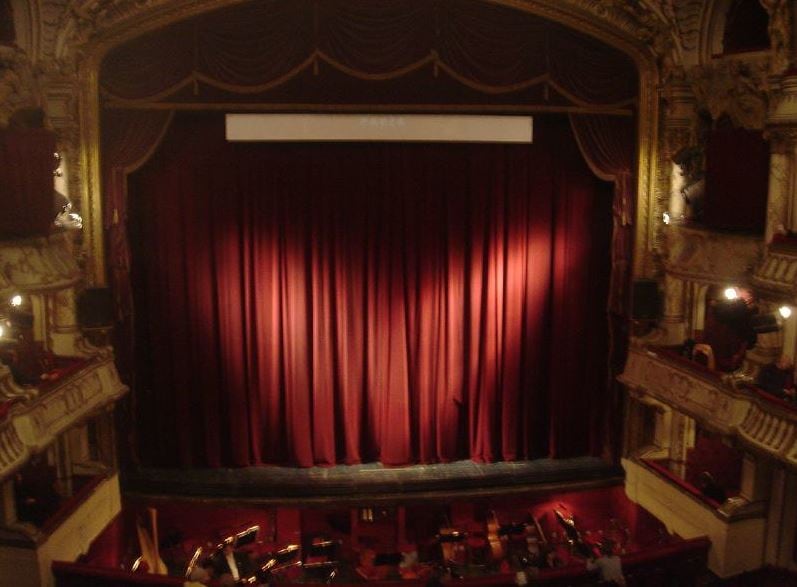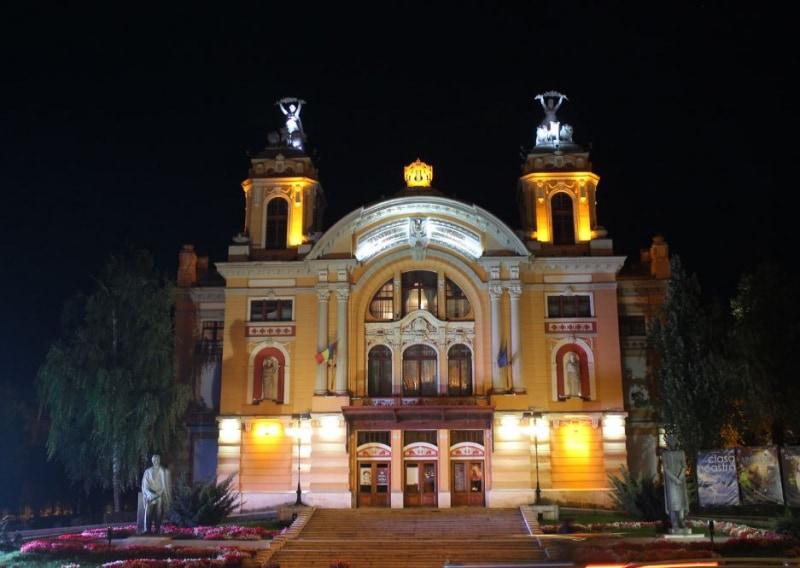National Theater Lucian Blaga
Removed from Unnamed collection





Source: Angie Bell (Skip the Line Travel) Images may be subject to copyright. Learn More
Two remarkable cultural institutions were established on September 18, 1919, marking a spiritual revival following the Great Union of 1918. Nestled in Cluj-Napoca, the building that houses both the "Lucian Blaga" National Theatre and the Romanian Opera was crafted between 1904 and 1906. Originally intended as the Hungarian National Theatre, this architectural gem was brought to life by the renowned Viennese firm "Fellner und Helmer." It blends new-baroque and Secession styles in a way that feels both grand and inviting. The theater's main hall, designed in New-Baroque style, accommodates 928 seats. The lobby, with its Secession-inspired decor, is nothing short of an artistic delight. Since 1919, the National Theatre and the Romanian Opera have made this building their home. The National Theatre of Cluj opened its doors with performances of Zaharia Bârsan's "Se face ziua" and Vasile Alecsandri's "Ovidiu" on December 1st and 2nd, 1919. For those interested in contemporary art, the "Euphorion" Studio offers a space dedicated to young artists and their creative explorations.
The Romanian National Opera in Cluj-Napoca proudly holds the title of Romania's first state lyrical-dramatic institution. Its curtain rose for the first time on May 25, 1820, with a performance of G. Verdi's "Aida." To date, over 200 operas, operettas, and ballets from the global repertoire have graced its stage. The building itself is a testament to history and culture, providing a splendid backdrop for the arts. Cluj-Napoca, with its vibrant arts scene and rich history, is a must-visit for anyone eager to experience the heart of Romanian culture. Whether you're an opera aficionado or a theater lover, this city promises an unforgettable journey through its artistic offerings.

 Angie Bell (Skip the Line Travel)
Angie Bell (Skip the Line Travel)  Romania
Romania